Here we list all the new books about women artists—from the past, and also from the present—that have come to our attention, published in the first quarter of this calendar year. Each description is drawn from the blurb on the publisher’s website. Do you know of other titles that should be on this list? Please let us know by comment or by email (Erika@artherstory.net).
For young readers
Lavinia’s Wondrous Portraits, by Emanuele Lugli, illustrated by Chiara Palillo. Publisher: Corraini Edizioni, 2025.
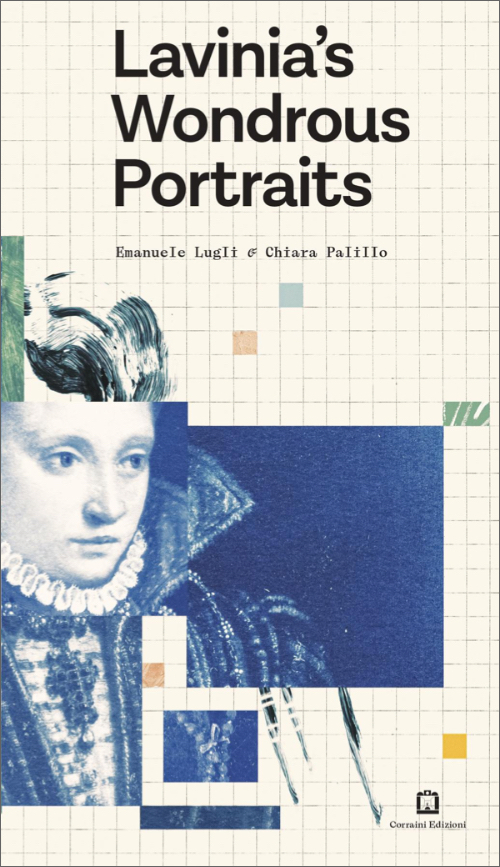
Lavinia’s Wondrous Portraits brings children closer to the work of Lavinia Fontana (1552–1614), a professional artist from Bologna who was famous above all as a portrait painter. “What are portraits for?” asks Camilla, an eight-year-old girl, puzzled by her older sister’s desire to have her portrait painted for her wedding. The story follows Camilla’s tireless curiosity as she seeks answers to many questions about herself and the role of art in our lives. Through her encounters with Maestra Lavinia, she discovers that portraits are not just paintings, they serve to remind us of our loved ones who are no longer with us. They observe us, and if we pay attention, we can even talk to them and listen to their stories…
Joan Mitchell Paints a Symphony: La Grande Vallée Suite, by Lisa Rogers, illustrated by Stacy Innerst. Publisher: Calkins Creek, 2025.
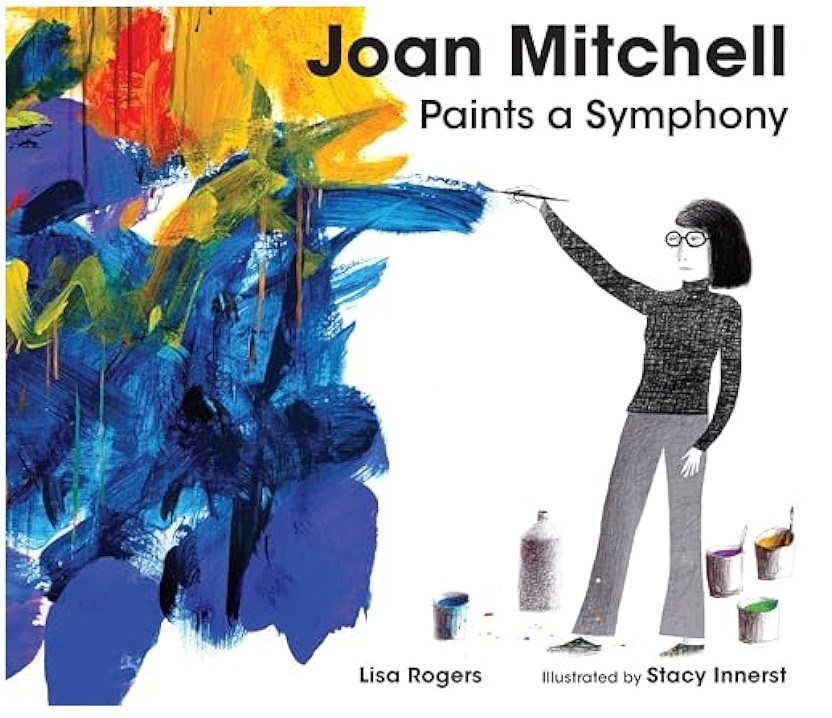
In 1983, inspired by her friend’s description of an idyllic hidden valley in France, Joan Mitchell creates 21 massive paintings—her Grande Vallée series—bursting with vibrant, energizing hues. But she doesn’t paint the valley’s flowers and meadows. She paints a feeling about them—abundance, freedom, liveliness—creating a harmonious blend of drips, splashes, and brushstrokes in rainbow colors. When the paint dries, it’s time to share her valley with the world. Published in the year the artist would have turned 100, this inspiring, poetic picture book about an influential yet lesser-known American Abstract Expressionist provides a snapshot of a creator who deserves more recognition acclaim.
A Line Can Go Anywhere, by Caroline McAlister, illustrated by Jamie Green. Publisher: Macmillan, 2025.
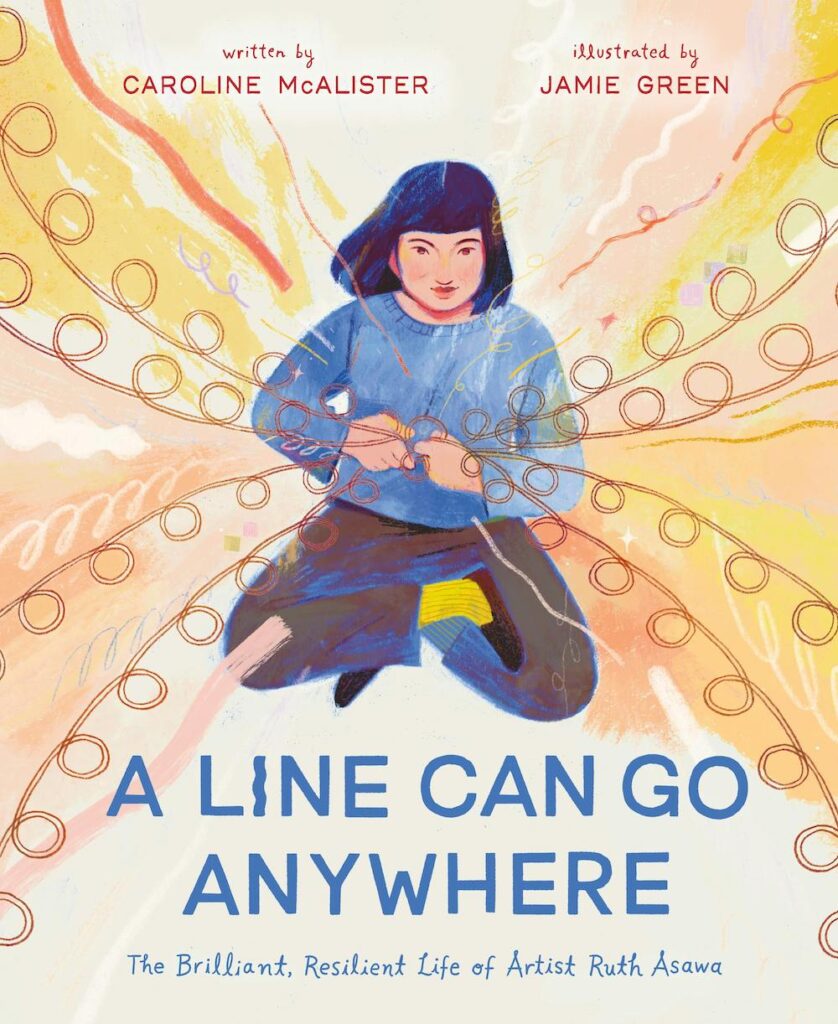
Growing up on a dusty farm in Southern California, Ruth Aiko Asawa lived between two worlds. She was Aiko to some and Ruth to others, an invisible line she balanced on every day. But when Japan bombed Pearl Harbor, suddenly she was only Aiko, no matter how much her family tried to cut the lines that connected them to Japan. Like many other Japanese Americans, Ruth and her family were sent to incarceration camps. The barbed wire of the camps would inspire Ruth’s art for decades, as she grew into one of the most influential artists of the 20th century. Throughout her career, she created enchanting twisting sculptures and curving shapes that connected, divided, and intersected. This gorgeous biography delves into the magnificent life of Ruth Asawa and her timeless contributions to the art world.
Adult non-fiction
Eufrasia Burlamacchi, by Loretta Vandi. Publisher: Lund Humphries, 2025; North American publisher, Getty Publications.
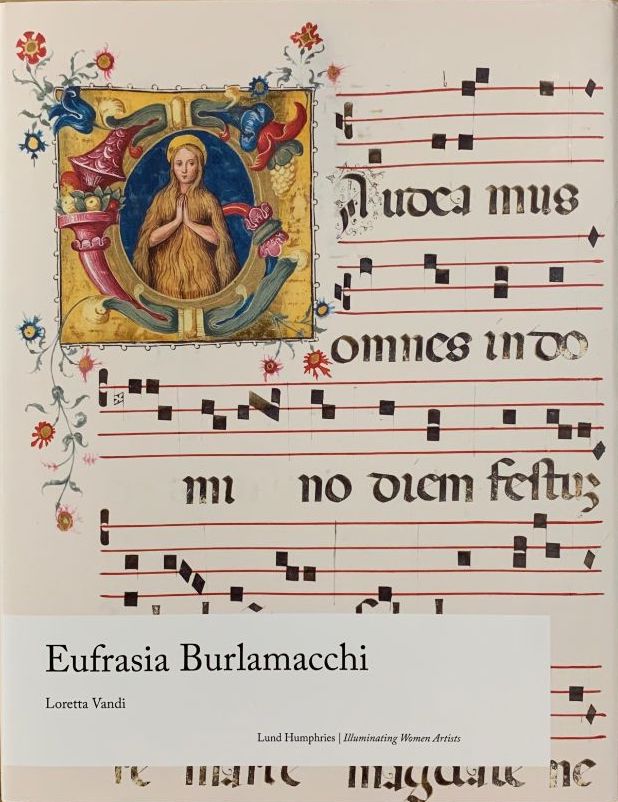
This exploration of the skillful illuminated manuscripts of Sister Eufrasia Burlamacchi (1478–1548) demonstrates her artistry within this sometime neglected artistic medium. Within the convent walls of San Domenico in Lucca where she lived and worked, Burlamacchi attained high levels of artistic proficiency through her knowledge of drawing and color technique, composition, treatment of space and proportions. The study highlights that Sister Eufrasia was aware of the progress illumination underwent in contact with the artists we now include in the High Renaissance. She quickly established a style which she then passed on to younger sisters to establish a convent workshop where mutual exchange was the norm. Here, for the first time, Eufrasia Burlamacchi is recognized and discussed as an influential and gifted artist in her own right.
Read Ginny Hwang’s thoughts about the book at the Rediscovering Art by Women blog. Listen here to Miranda Melcher’s discussion with the author for the New Books Network.
Clara Peeters, by Alejandro Vergara-Sharp. Publisher: Lund Humphries, 2025; North American publisher, Getty Publications.
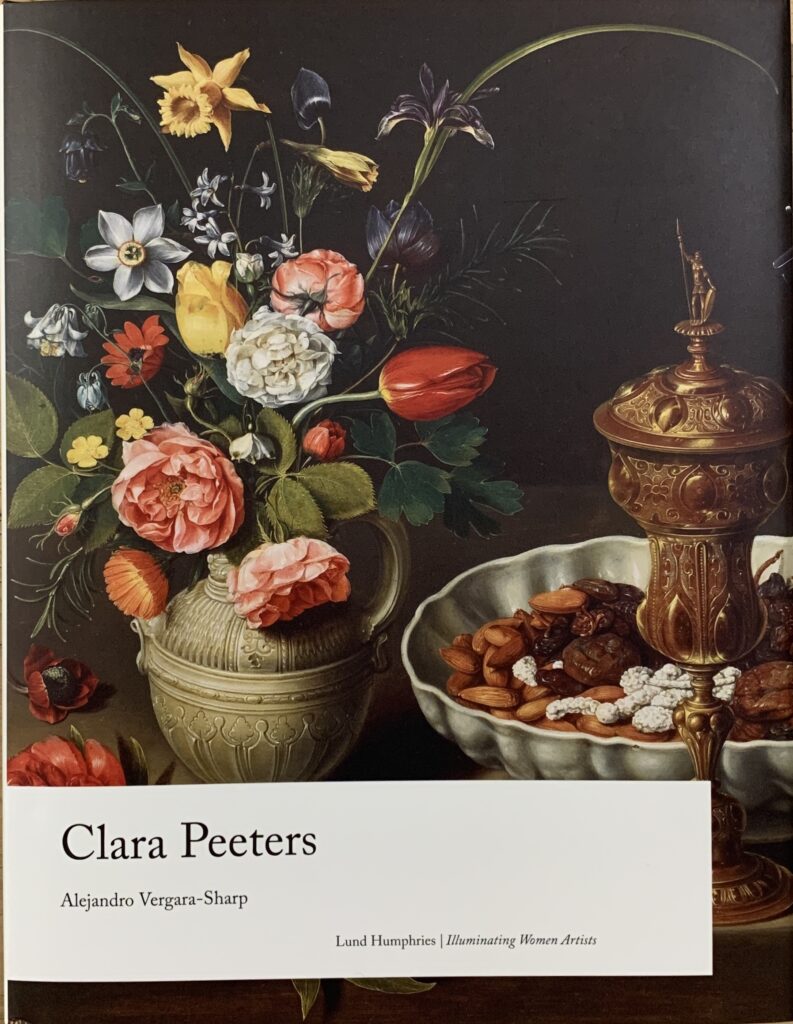
This book serves to establish Clara Peeters, one of the most talented and creative among the early practitioners of still-life painting in Europe in the early 17th century, as a leader in her field. The book not only discusses the artist’s biography but also examines the historical and cultural context of Peeters’ art, her artistry and the material culture reflected in her paintings. Part of the first generation of European artists to specialize in still-life painting, Peeters was in fact the only Flemish woman known to have focused on this genre of painting in the early 17th century. She was also one of the few women to dedicate her professional life to painting in early modern Europe. This timely book sheds light on the limitations that Clara Peeters encountered because of her gender and how she responded to them in her art, while also assessing her importance as a painter of still life.
Visit this link for the Tudors Dynasty podcast episode in which Emma Cahill Marron discusses the book and artist with author Alejandro Vergara-Sharp.
The Art and Life of Francesca Alexander, by Jacqueline Marie Musacchio. Publisher: Lund Humphries, 2025.
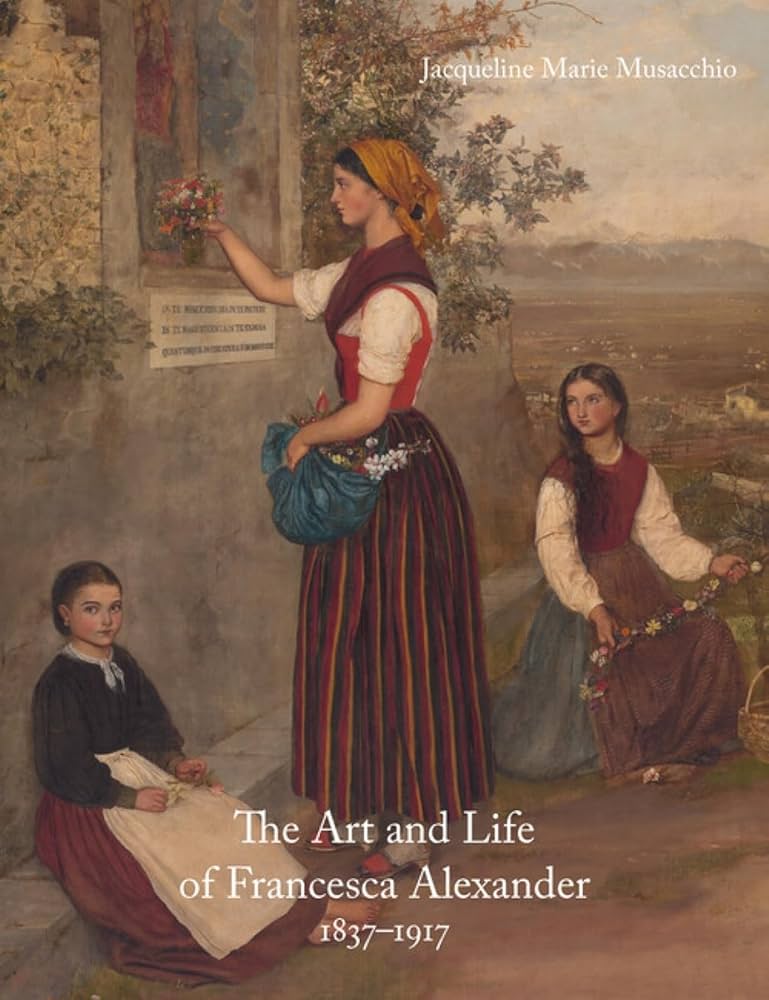
This is the first book to examine the art and life of Boston-born artist Francesca Alexander (1837–1917). Francesca was a largely self-taught artist, and both her art and writing focused on Italians and Italian life. Her portraits and nature studies, and her translations of songs and stories, were much admired by her contemporaries, including John Ruskin, who published three of her manuscripts and promoted her work to his followers. She used her earnings from the sale of these publications, and her art, to fund her many charitable endeavours; both friends and admirers marvelled at her saintly character. Nonetheless, in spite of her celebrity on both sides of the Atlantic, she and her achievements have been largely forgotten. Drawing on her work, as well as other sources including letters, diaries, guidebooks, newspapers and magazines, this book provides a vivid biography of Francesca Alexander, her art, and her place in history.
Read Lauren Moya Ford’s review for Hyperallergic here; read Charlotte Gere’s review for The Art Newspaper here; read Grace Ramsdell’s profile for Wellesley Magazine here; read Anina Rossen’s review for ARLIS NA here; and read Kathleen Stone’s review for The Arts Fuse here.
Beyond Ophelia: The True Legacy of Elizabeth Eleanor Rossetti, by Glenda Youde. Publisher: Unicorn Publishing Group, 2025.
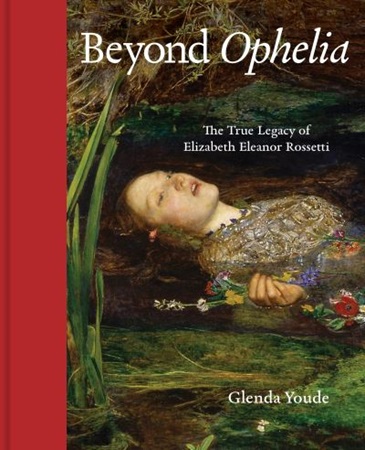
Elizabeth Eleanor Rossetti is now finally recognised as a Pre-Raphaelite artist in her own right, working alongside her male colleagues on equal terms. Elizabeth’s designs were truly original, the creation of her own imagination. The male members of the group shamelessly copied the ideas from Elizabeth’s small sketches to create their own large masterpieces which have since become the epitome of Pre-Raphaelite art. In Beyond Ophelia, Glenda Youde shows Elizabeth not as a pathetic drowning figure, but as the initiator of a directional change in the visual development of Pre-Raphaelite art. Featuring a unique collection of photographs of Elizabeth’s work commissioned by her husband after her death, this book highlights the critical importance of her role within the Pre-Raphaelite circle, and one which ultimately led to the evolution of the Aesthetic Movement.
Vanessa Bell: The Life and Art of a Bloomsbury Radical, by Wendy Hitchmough. Publisher: Yale University Press, 2025.
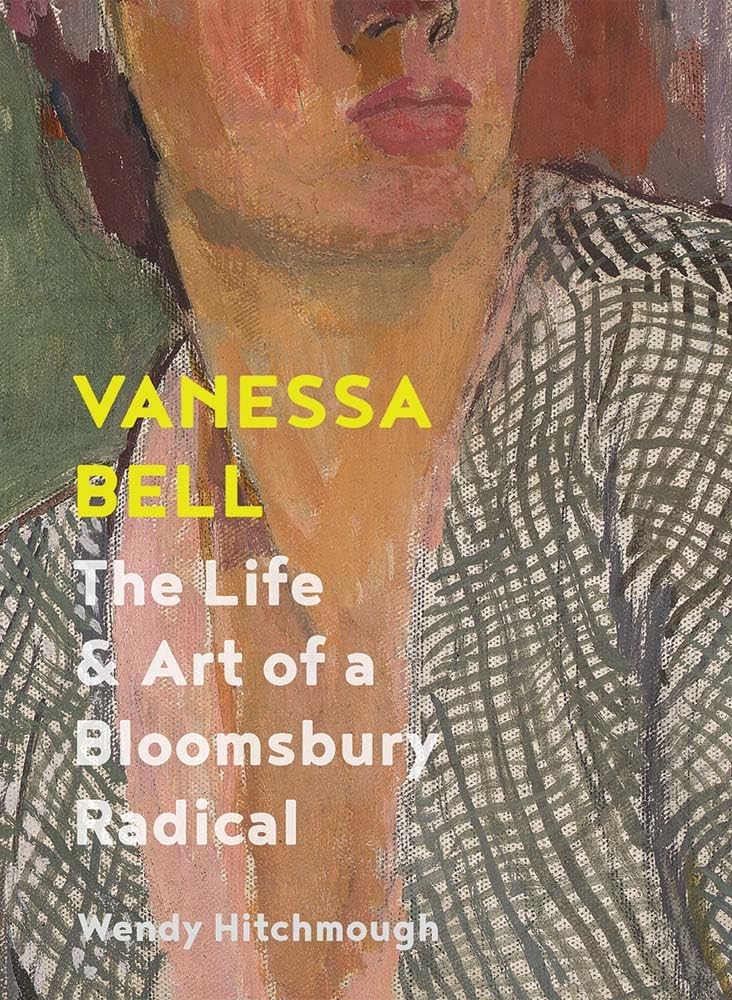
Vanessa Bell was a leading figure within the Bloomsbury Group and known for her unconventional lifestyle. But her work as a painter, designer, and decorator has often been overlooked and relegated within the bombastic, male-dominated field of British modernism. With new research, including previously unpublished letters, Wendy Hitchmough explores the ways in which Bell (1879–1961) forged new pathways as a modernist woman. Writing openly about depression and mental health at a time when the subject was stigmatized, as well as challenging taboos surrounding women’s bodies, Bell exploited the patriarchal society that oppressed her. Vanessa Bell: The Life and Art of a Bloomsbury Radical celebrates the artist’s trailblazing approach to art as well as life, her rejection of conventions, and the challenge she posed to the structures of early 20th-century society.
Mary Cassatt between Paris and New York: The Making of a Transatlantic Legacy, by Ruth E. Iskin. Publisher: University of California Press, 2025.
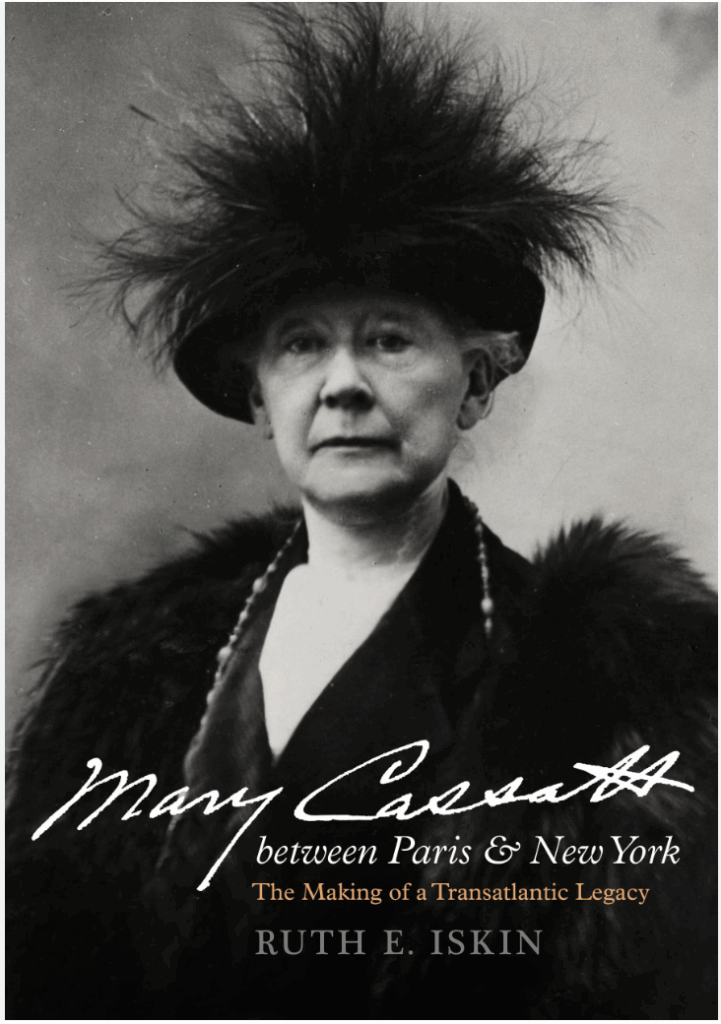
This book re-envisions Mary Cassatt in the context of her transatlantic network, friendships, exhibitions, politics, and legacy. Rather than defining her as either an American artist or a French impressionist, author Ruth E. Iskin argues that we can best understand Cassatt through the complexity of her multiple identifications as an American patriot, a committed French impressionist, and a suffragist. Contextualizing Cassatt’s feminist outlook within the intense pro- and anti-suffrage debates in the United States, Iskin shows how these impacted her artistic representations of motherhood, fatherhood, and older women. Mary Cassatt between Paris and New York also argues for the historical importance of the artist’s work as an advisor to American collectors, and demonstrates the role of museums in shaping her legacy, highlighting the combined impact of gender, national, and transnational dynamics.
Women Artists and Designers of the National Trust, by Rachel Conroy, with an introduction by Sandi Toksvig. Publisher: Thames and Hudson, 2025.
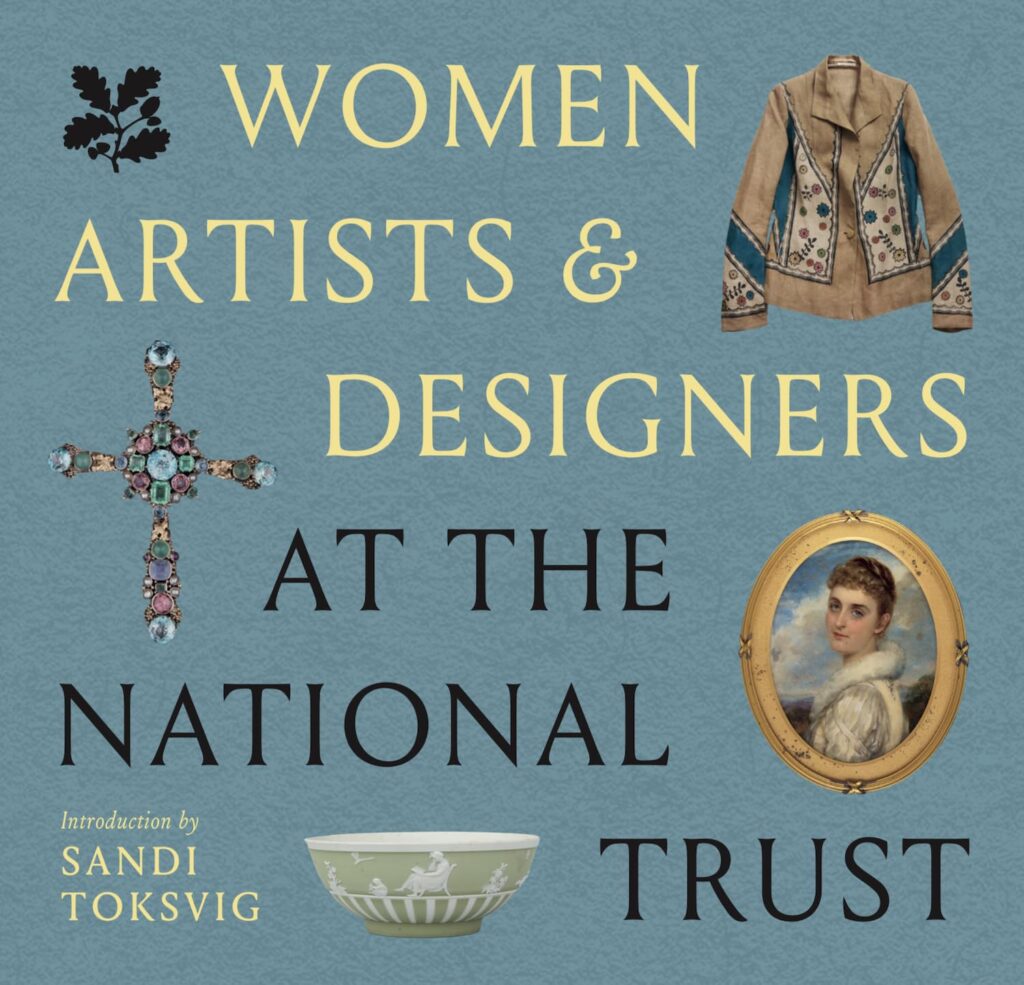
This beautifully illustrated book explores the lives and work of women whose creativity has shaped the National Trust’s collections and, often, the experience of visitors to its places. Spanning six centuries, this book takes a closer look at some of the many women artists and designers whose lives are connected to National Trust places or whose work is represented in its vast collections. The selection features both talented amateur artists and professionals who have shaped the art-historical canon—such as Eileen Agar, Elisabeth Vigee Le Brun, Rosalba Carriera and Barbara Hepworth—focusing on their unique contributions and achievements across a range of disciplines, including garden and interior design, photography, illustration, enamelling, fine art, studio pottery and textiles.
Marion Greenwood: Portrait and Self-Portrait, by Joanne B. Mulcahy. Publisher: The University of Alabama Press, 2025.
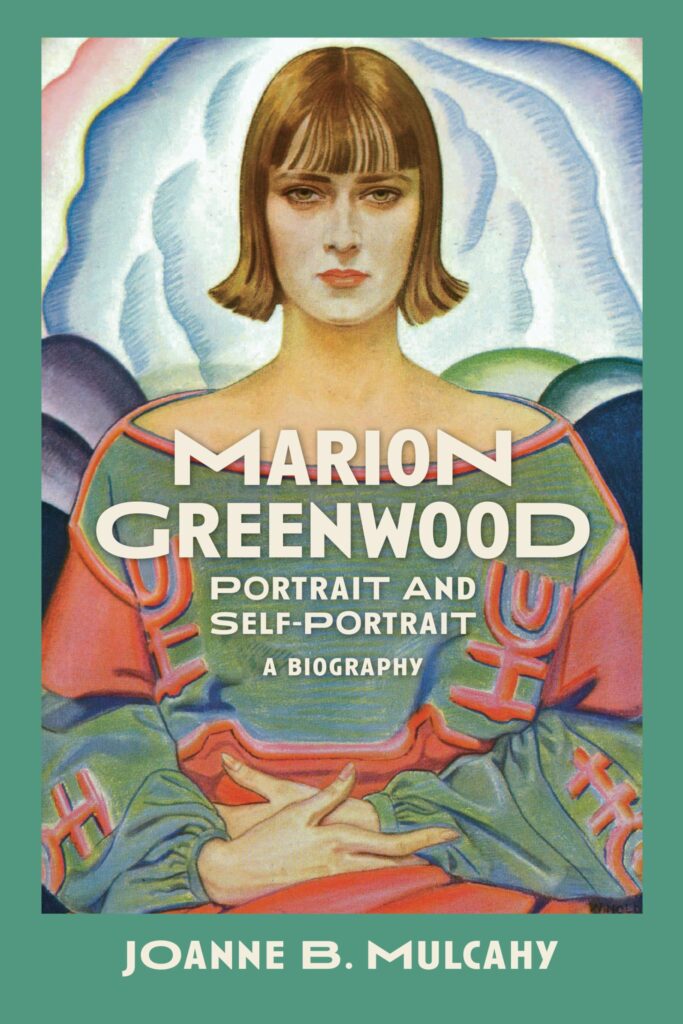
This biography, the first about Greenwood, integrates the artist’s adventuresome personal life with her journey to artistic glory. Marion Greenwood comes alive as a notable and spirited part of the heady art scenes of 1920s and 1930s Mexico, New York City, and Paris, and as one of two women artist-correspondents during World War II. After social realism and portraiture fell from favor, Greenwood doggedly stuck with what she called “the human thing” in art. Her freewheeling romantic life and independent spirit defied expectations for women. In following Greenwood’s maverick path and artistic achievements, this book reveals her central place in the pantheon of history’s remarkable women artists.
Celia Paul: Works 1975–2025, Text by Karl Ove Knausgaard, Hilton Als, Clare Carlisle, Edmund de Waal, Rowan Williams, and Celia Paul. Publisher: MACK, 2025.
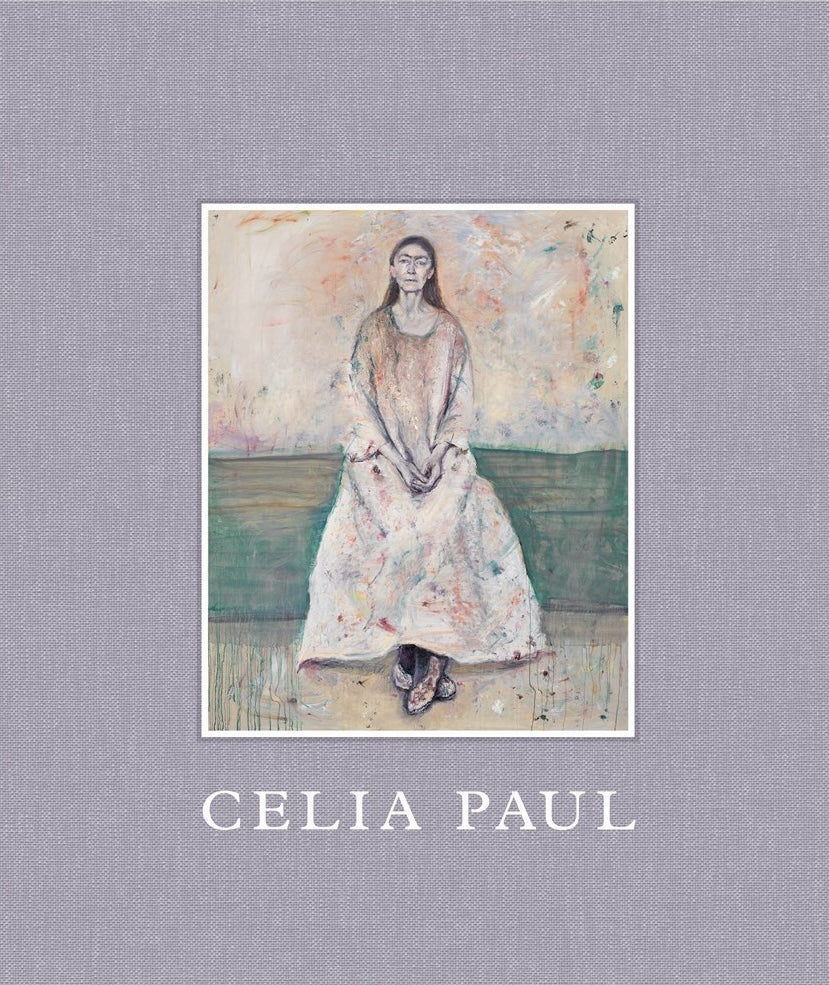
Beginning with the earliest works made by Paul at the age of 15, this extensive volume weaves a chronological sequence across 50 years of work. Within the rhythms of the book appear themes and figures that Paul has returned to again and again: her mother, her sisters, the sea, and, crucially, the artist herself. The works collected in this volume not only demonstrate Paul’s deserved place in the art historical canon, but the deep-felt spirituality and vision that imbue her approach to form, light, and the movement of paint on canvas.
Exhibition catalogs
Paule Vézelay: Living Lines, Edited by Simon Grant. Publisher: Lund Humphries, 2025.
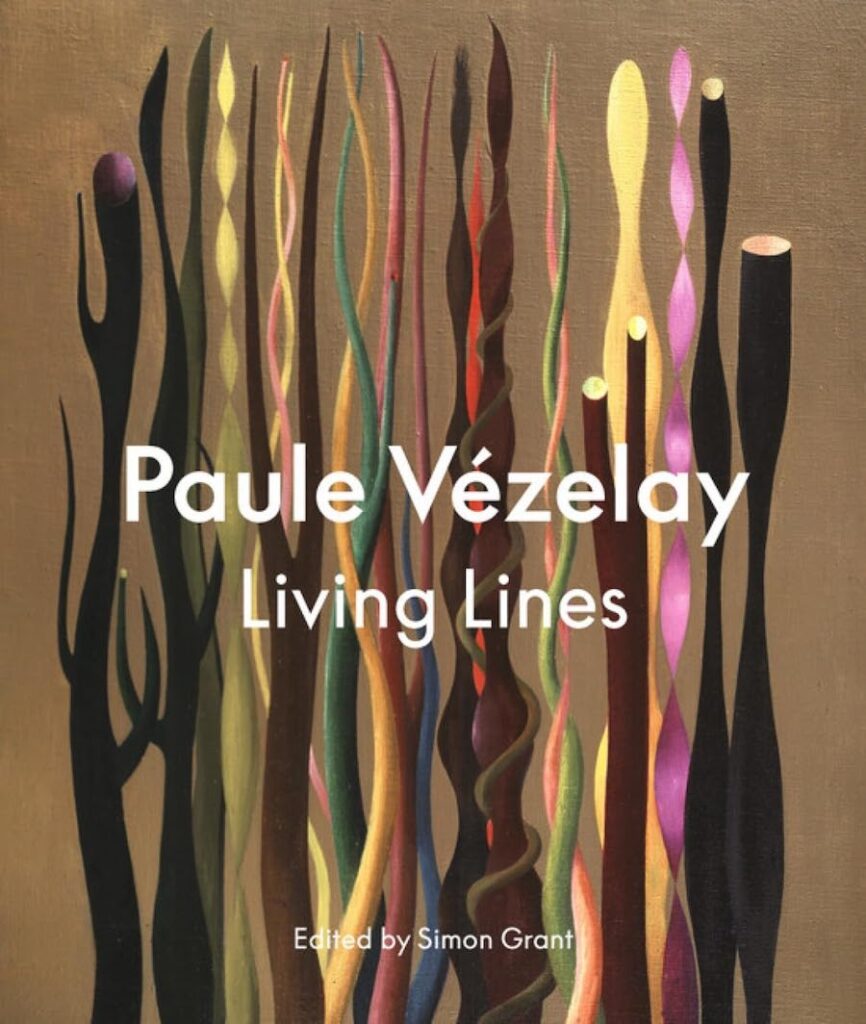
Over Paule Vézelay’s long career she created an extraordinarily diverse output encompassing painting, collage, sculpture, constructions, illustration, textiles, photography, poetry, prose, critical writing and even a film script. Setting out to bring this bold and accomplished artist to new audiences, this important publication focuses primarily on Vézelay’s early years in Paris from the 1920s through to 1939, during which time her work moved from figuration to abstraction, for which she would become best known. It also brings to light, for the first time in detail, her little-known period as a successful designer of textiles. Including original research and previously unpublished works, the study extends our understanding, and appreciation of, this important British artist.
Gertrude Abercrombie: The Whole World is a Mystery. Edited with text by Eric Crosby, Sarah Humphreville. Foreword by Eric Crosby, Jacqueline Terrassa. Text by Katie Anania, Donna Cassidy, John Corbett. Chronology by Cynthia Stucki. Publisher: DelMonico Books, 2025.
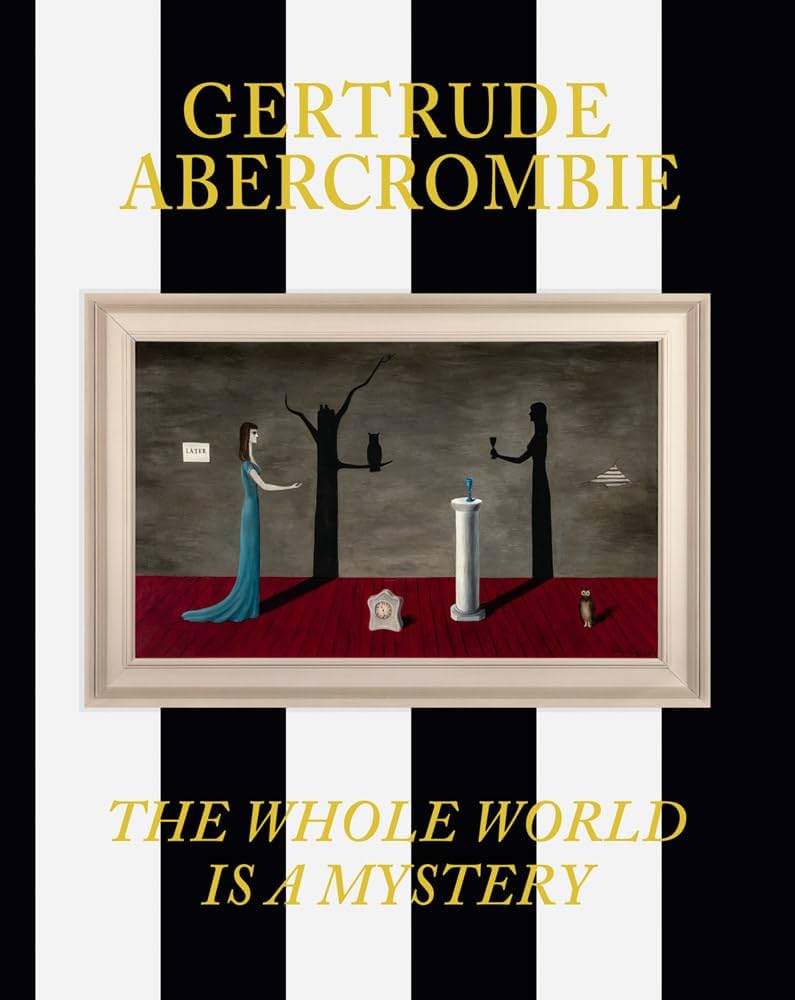
Gertrude Abercrombie was born in 1909 in Austin, Texas, and spent most of her life in Chicago, focusing on her art full time beginning in the early 1930s. Her work was in part inspired by jazz, and she was the host of legendary parties and jam sessions frequented by icons such as her close friend Dizzy Gillespie. Abercrombie was a creative force of singular vision who, from the 1930s until her death in 1977, produced enigmatic paintings full of personal significance. This book is the definitive scholarly volume on an under appreciated but critical figure in the midcentury Chicago art and jazz scenes.
Shahzia Sikander: Collective Behavior, Texts by Ainsley M. Cameron and Emily Liebert, with Manan Ahmed, Aruna D’Souza, Bhanu Kapil, Rosalind C. Morris, Fred Moten, and Victoria Sung. Publisher: Phaidon, 2025.
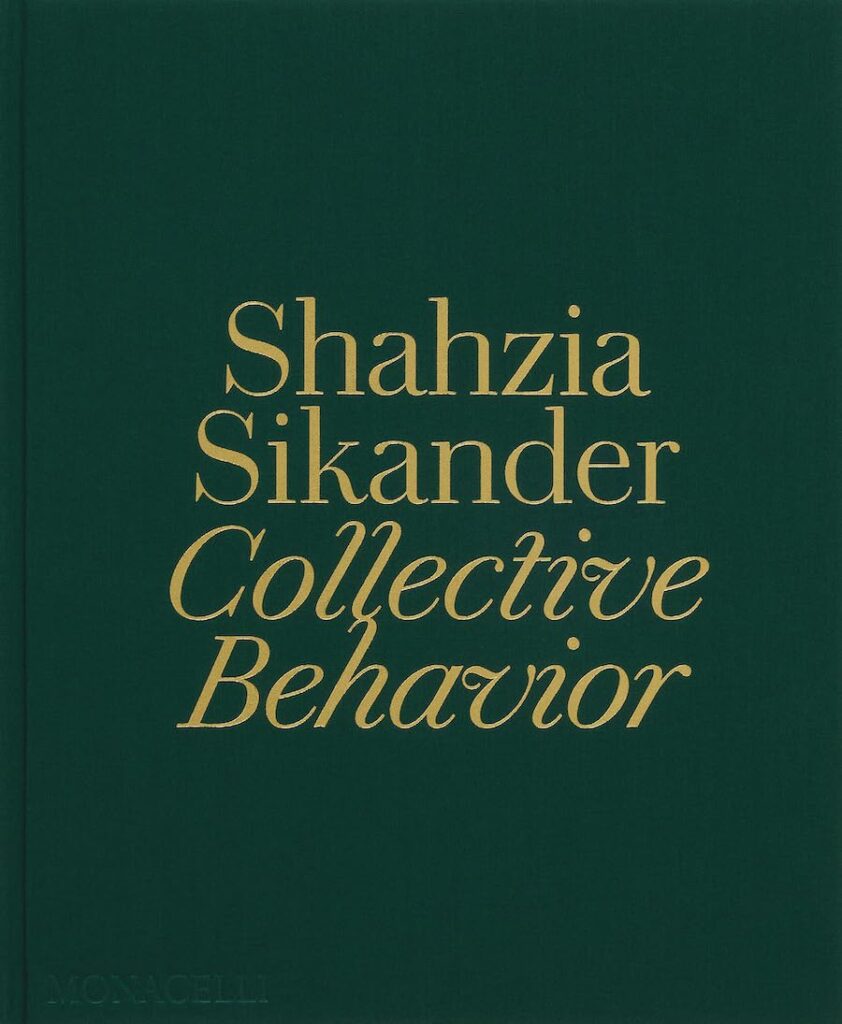
Shahzia Sikander’s distinctly feminist iconography focuses on the narratives of immigrant women to challenge Eurocentric art histories and counter Orientalist scholarship. This volume, published to coincide with a major mid-career retrospective that premiered during the Biennale Art in Venice and will be held concurrently at the Cincinnati Art Museum and the Cleveland Museum of Art, is the first comprehensive exploration of Sikander’s ideas and art. With hundreds of images, many presented as a full page or an entire spread, the richly illustrated book immerses readers in Sikander’s vibrant and subversive art.
Saya Woolfalk: The Empathetic Universe, Edited by Alexandra Schwartz. Publisher: Hirmer Publishers, 2025.
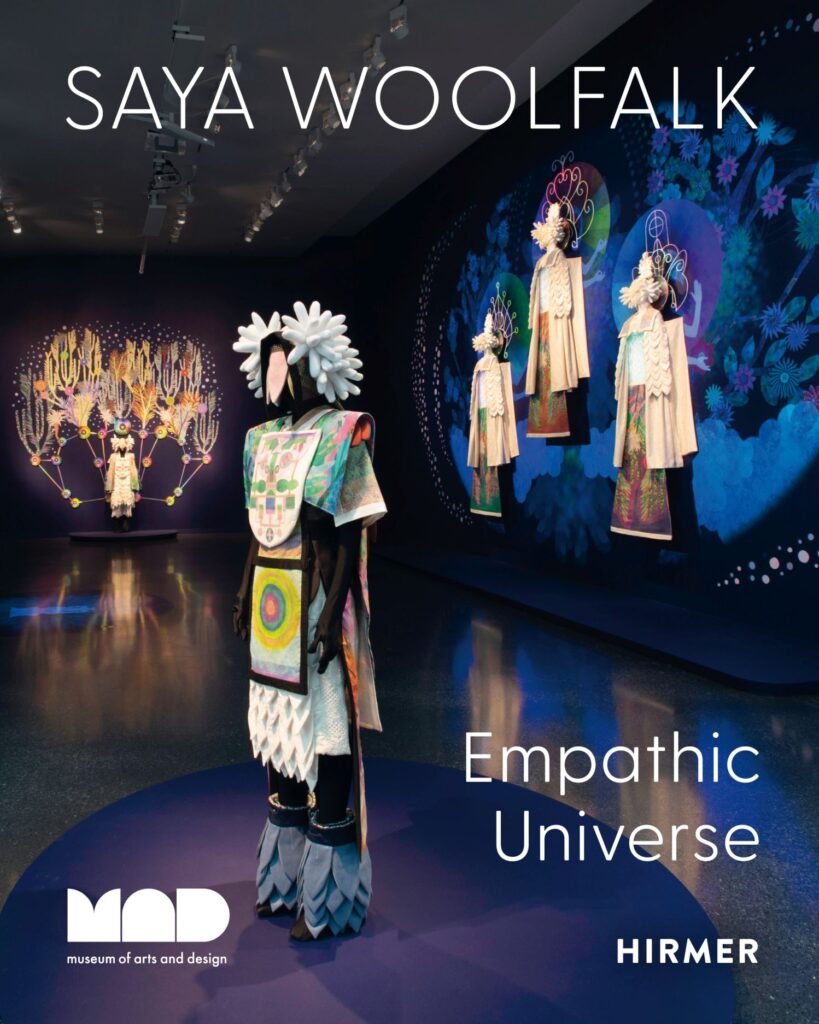
Saya Woolfalk’s immersive installations are as visually stunning as they are intellectually engaging, winning ardent admirers worldwide. Saya Woolfalk: The Empathic Universe is the first full-scale monograph on this internationally renowned multidisciplinary artist. Lavishly illustrated, this volume surveys two decades of Woolfalk’s groundbreaking work including the artist’s: garment-based sculptures, installations, videos, paintings, and live performances.
Ithell Colquhoun: Between Worlds, Edited by Katy Norris. Publisher: Tate, 2025. Also available in paperback.
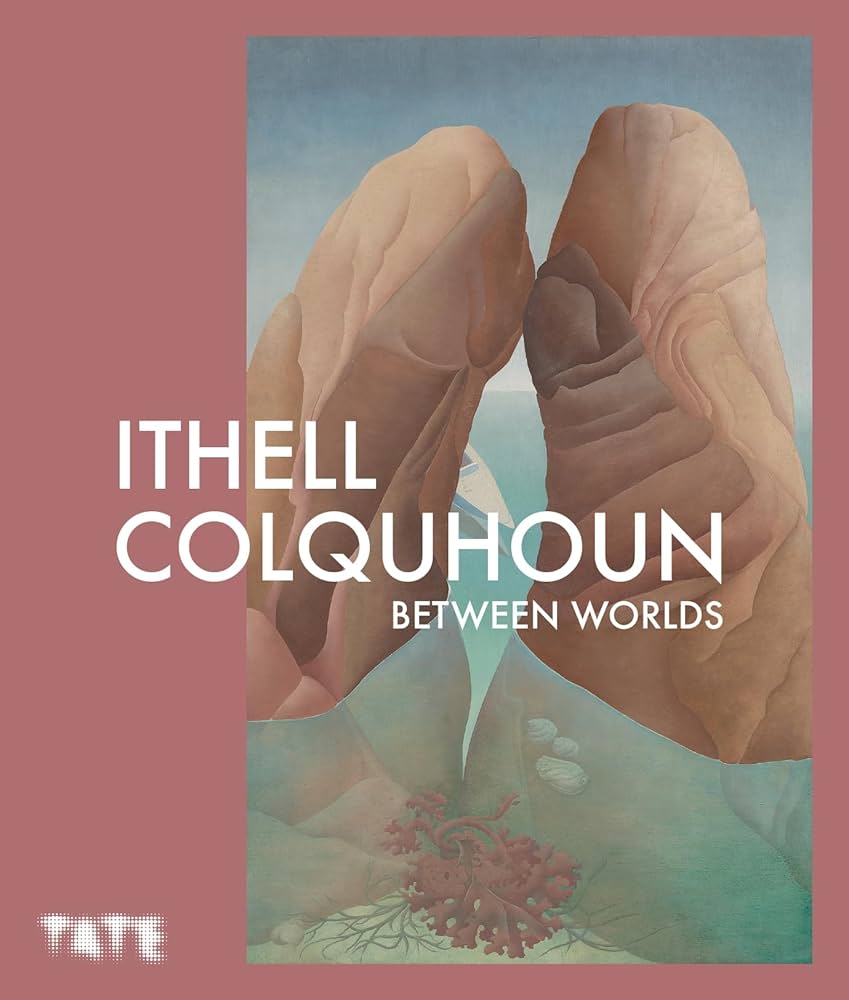
This major publication features over 200 artworks and archival materials in tracing Ithell Colquhoun’s evolution: from her early student work and engagement with the surrealist movement, to her fascination with the intertwining realms of art, sexual identity, ecology and occultism. It culminates in a room dedicated to Colquhoun’s interpretation of the Taro deck—her most accomplished fusion of her artistic and magical practice.
Blanche Hoschedé-Monet in the Light, Texts by Galina Olmsted, Haley S. Pierce, Nancy Mowll Mathews, Nicolas Bondenet, and Philippe Piguet. Publisher: Giles (in association with the Sidney and Lois Eskenazi Museum of Art), 2025.
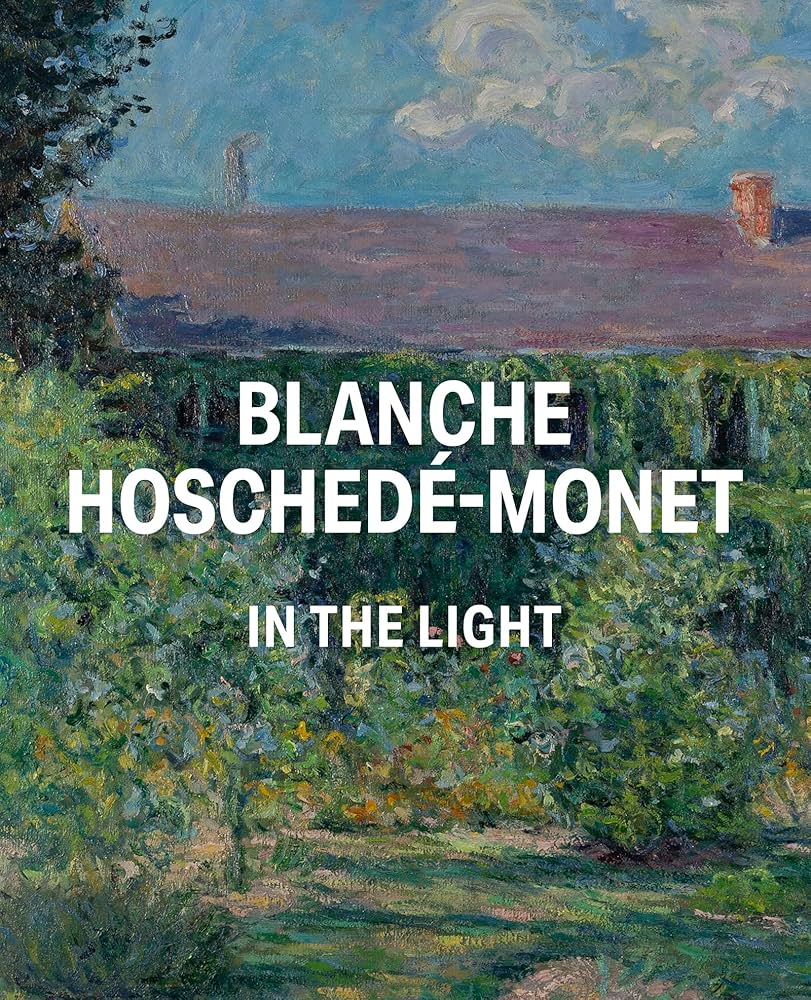
Blanche Hoschedé-Monet in the Light is the first volume to introduce this important artist, whose life and work were shaped by the artistic community she helped build at Giverny, and is the result of a long-term collaboration between French and American scholars. Across four essays, the authors approach Hoschedé-Monet’s art and life through a variety of viewpoints. Drawing on previously unpublished sources, including Blanche’s sketchbook, and new photography of Hoschedé-Monet’s largely unknown artworks, this new book constitutes a definitive account of her life and art. The volume brings together approximately 46 paintings from both French and American public and private collections, the vast majority of which have never been on seen in the United States.
Judithe Hernández: Beyond Myself, Somewhere, I Wait for My Arrival, Text by María Esther Fernández, Valerie Taylor, Charlene Villaseñor Black, Ariel Xochitl Hernandez, Adela Tapia. Publisher: The Cheech Marin Center for Chicano Art & Culture of the Riverside Art Museum, 2025.
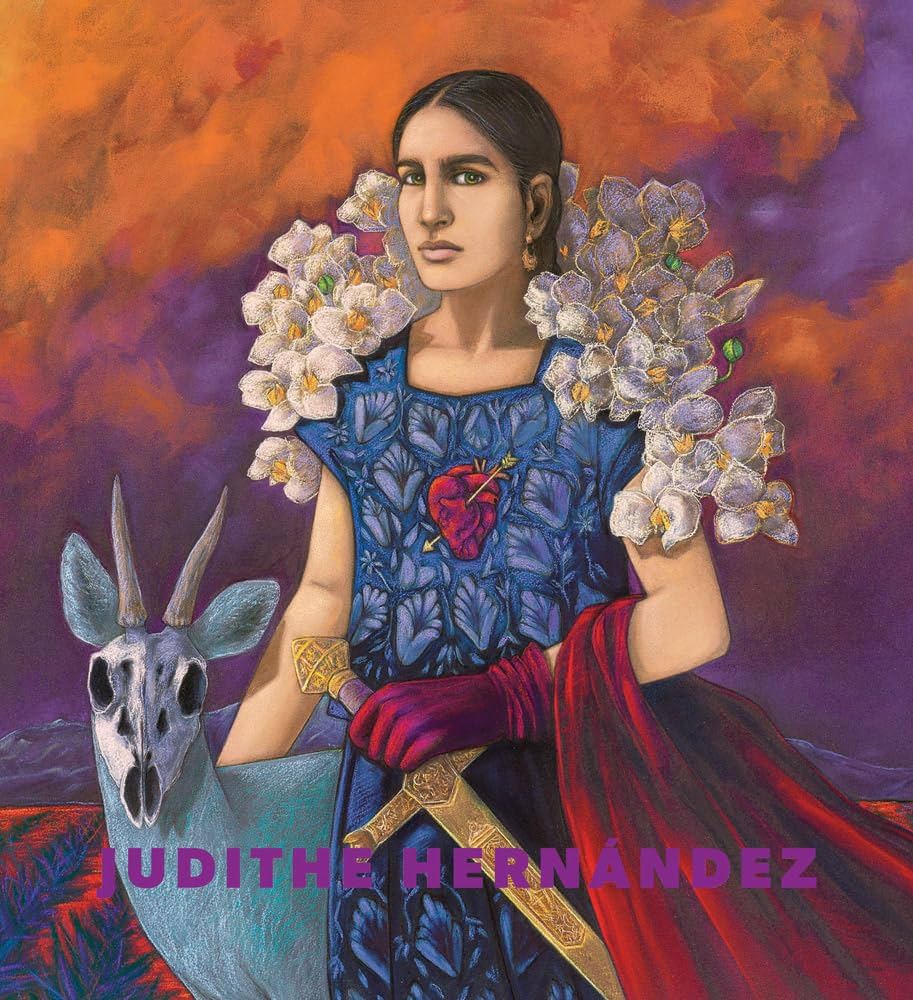
Judithe Hernández began her artistic career as a muralist in the 1970s, executing commissions for Cesar Chavez and the United Farm Workers Union, and at the Ramona Gardens Housing Project in East Los Angeles. Her paintings and pastel drawings place women against vague, dreamlike backgrounds, clothed in traditional garb or surrounded by animals, gesturing beyond the picture plane while gazing solidly at the viewer. Art historian Margarita Nieto writes that Hernández “speaks of woman hidden in her masks of roles…enhanced by a subconscious precognition of a mythic past.” Beyond Myself, Somewhere, I Wait for My Arrival represents the first comprehensive evaluation of Hernández’s 50-year career, and how it has informed Chicano/a artistic practices today.
Paula Wilson: Toward the Sky’s Back Door, Edited with interview by Rebecca McNamara; Foreword by Ian Berry; Text by Taylor Renee Aldridge, Ebony Y. Rhodes, Stephanie Sparling Williams. Publisher: DelMonico Books, 2025.
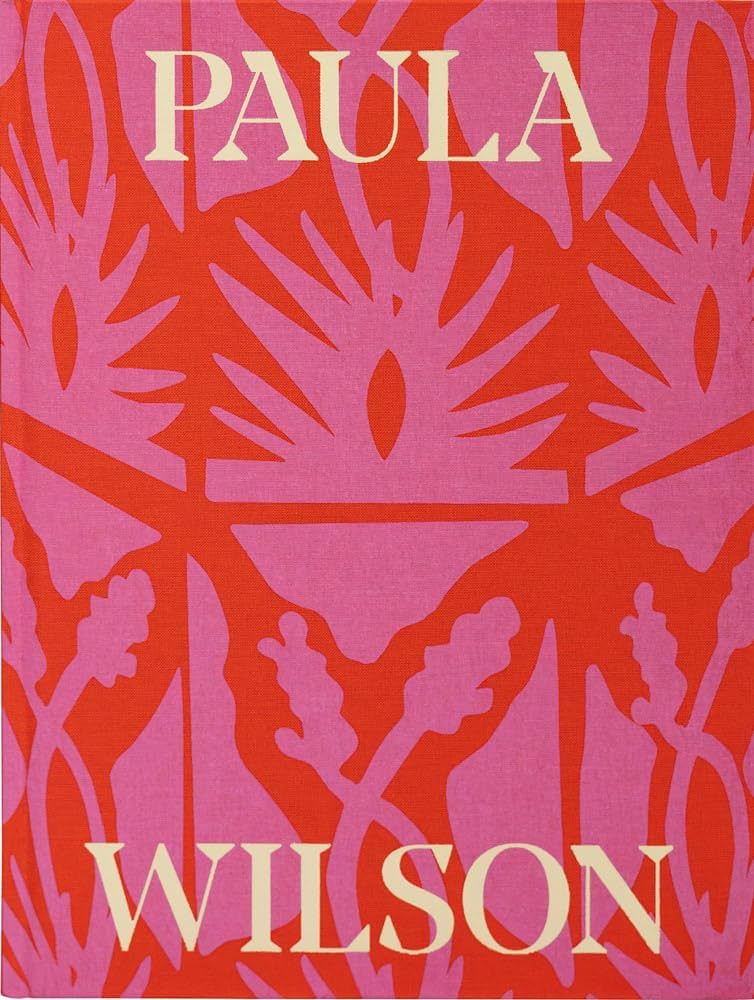
This first major monograph features nearly two decades of work by American artist Paula Wilson, who frequently intermixes her identity as a Black biracial artist, living in a rural desert town in New Mexico, with narratives and motifs across time and place. Wilson embraces a both/and approach to art and living, using the same techniques, materials and motifs to make rugs and clothing as she does for art on the gallery wall. Throughout her work, little to nothing is discarded, with scraps from one artwork recycled into another, reflecting both a practice of eco-sustainability and a model for creating something new from fragments left behind. This volume presents paintings, sculpture, prints, collages and videos, with different mediums frequently intermixed in a single work, ranging in scale from small paper-mosaic work to beyond-life-size female figures.
New editions
The Living Stones: Cornwall, by Ithell Colquhoun. Publisher: Pushkin Press, 2025.
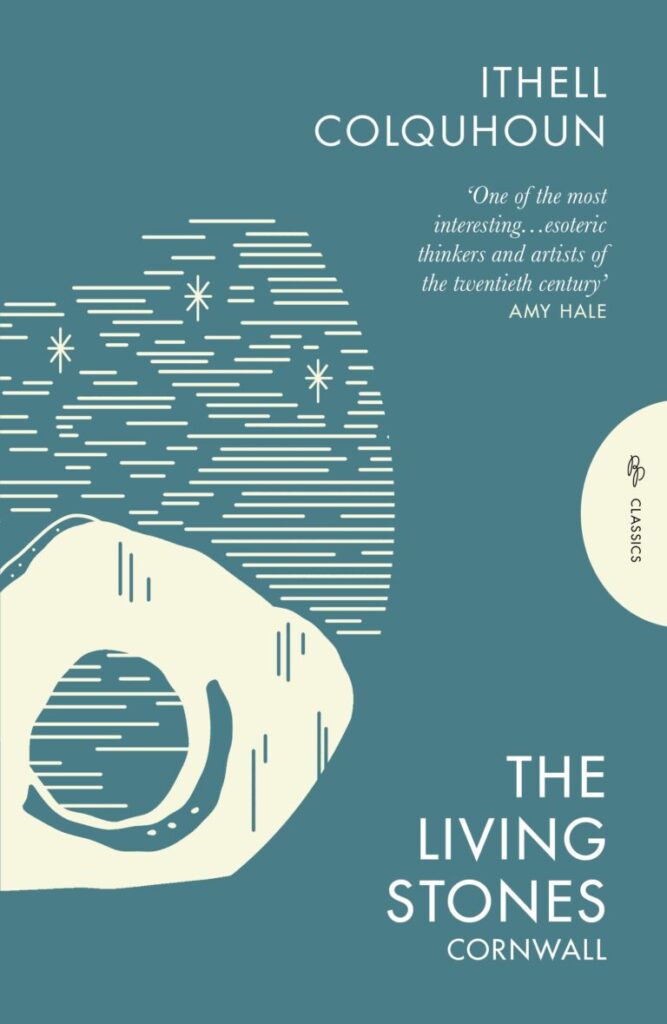
Painter Ithell Colquhoun arrives in Cornwall in the late 1940s, searching for a studio and a refuge from bombed-out London. So begins a profound lifelong relationship with Britain’s westernmost county, a land surrounded by sea and steeped in myth, where the ancient Celtic past reaches into the present. Sacred and beautiful, wild and weird, Colquhoun’s Cornwall is a living landscape, where every tree, standing stone and holy well is a palimpsest of folklore, and a place where everyday reality speaks to the world beyond.
Trailblazer: Barbara Leigh Smith Bodichon: The First Feminist to Change Our World, by Jane Robinson. Publisher: Penguin Random House, 2025 (paperback edition).
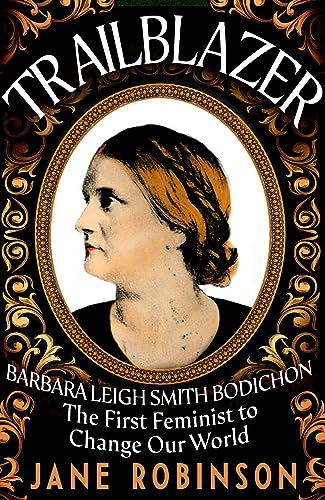
Name any “modern” human rights movement, and Barbara Leigh Smith Bodichon was a pioneer: feminism, equal opportunities, diversity, inclusion, mental health awareness, Black Lives Matter. Co-founder of Girton, the first university college for women, a committed activist for human rights, fervently anti-slavery, she was also one of Victorian England’s finest female painters. While her name has been omitted from too many history books, it was Barbara that opened the doors for more famous names to walk through. The book shines a light on a remarkable woman who lived on her own terms and to whom we owe a huge debt.
The Other Side: A Journey into Women, Art and the Spirit World, by Jennifer Higgie. Publisher: Simon and Schuster, 2025 (paperback edition).
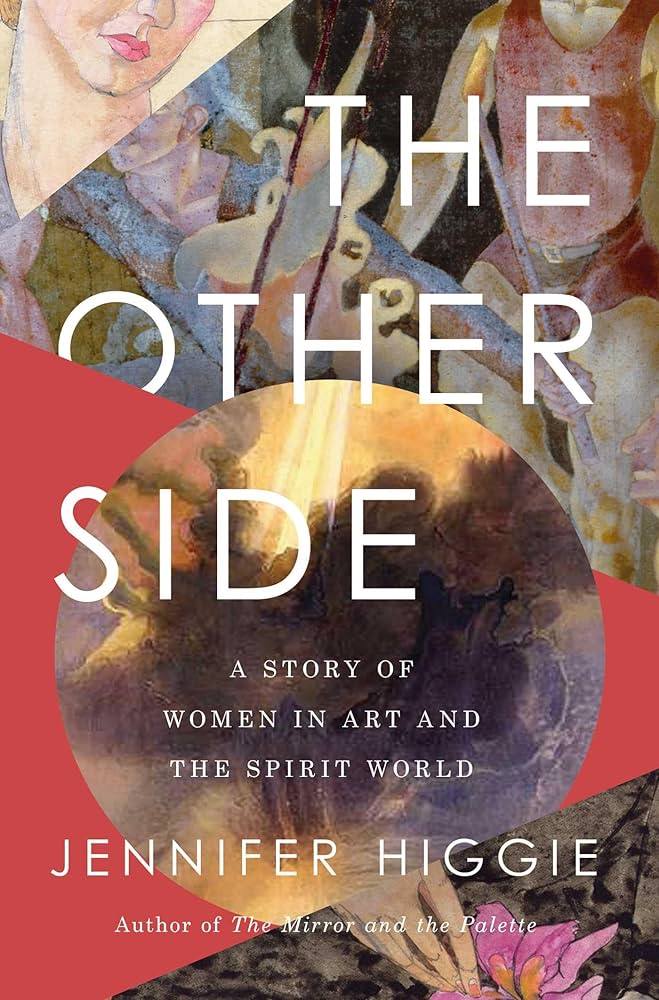
Weaving in and out of the lives of myriad women artists from the Middle Ages to the present while sharing her own memories of otherworldly experiences, Jennifer Higgie discusses the solace of ritual, the gender exclusions of art history, the contemporary relevance of myth, the boom in alternative ways of understanding the world and the impact of spiritualism on feminism and contemporary art. A radical reappraisal of a marginalized group of artists, The Other Side blends memoir, biography, and art history.
Similar Art Herstory posts:
New Books About Women Artists | July–Sept 2025
New Books About Women Artists | Apr–June 2025
New Books About Women Artists | Oct–Dec 2024
Recent Books for Young Readers About Women Artists
Ten Intriguing Books About Remarkable Women Artists, a guest post by Carol M. Cram

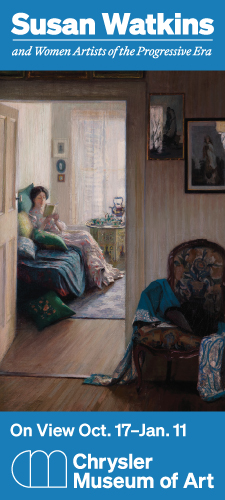
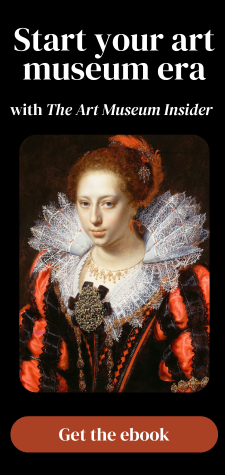
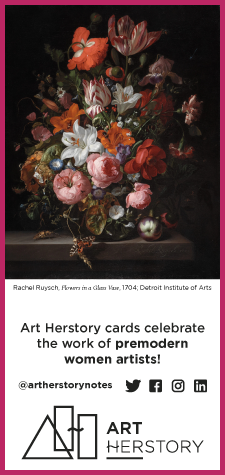
Thank you so much for featuring Joan Mitchell Paints a Symphony in this list of new books about women artists! I especially appreciate that you highlight books to inspire young readers & art appreciators!
Very much our pleasure! See also the Art Herstory post Recent Books for Young Readers About Women Artists, https://artherstory.net/recent-books-for-young-readers-about-women-artists/